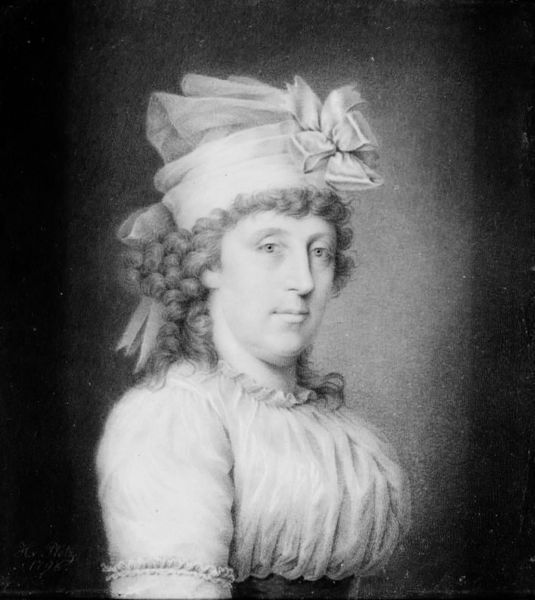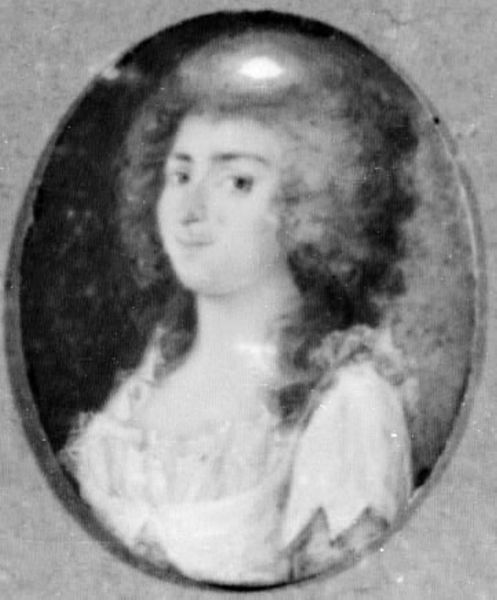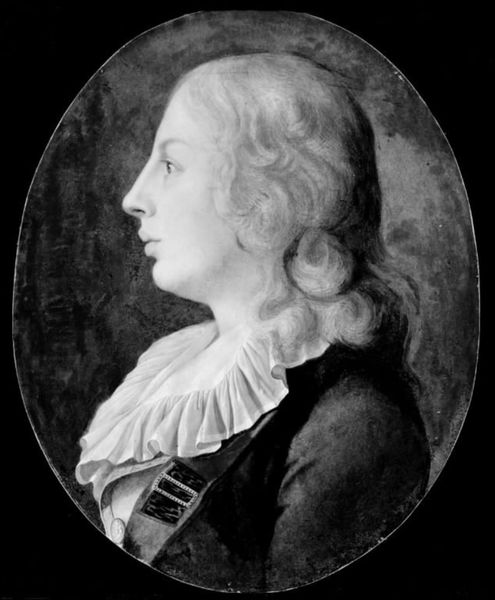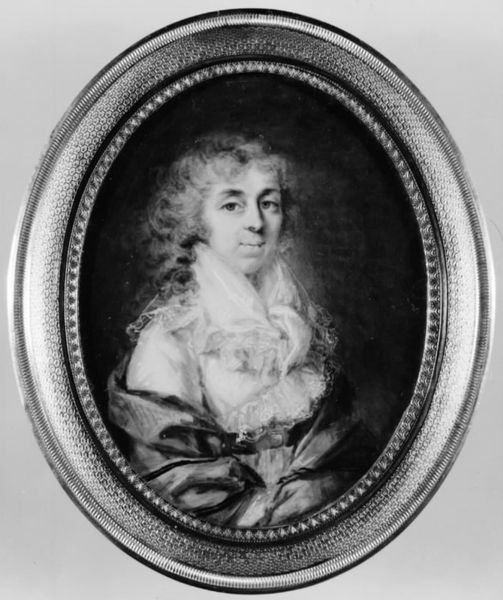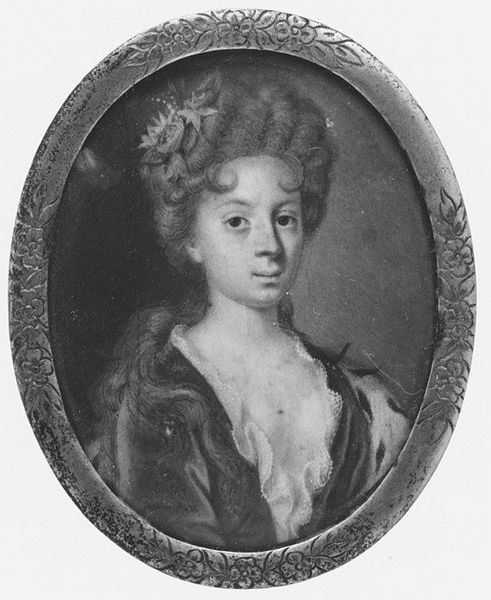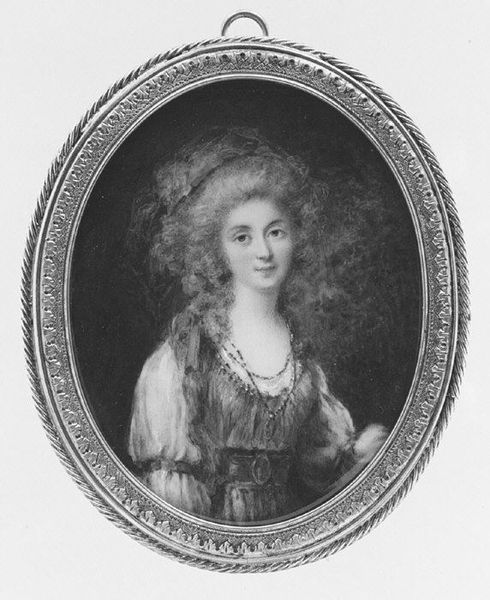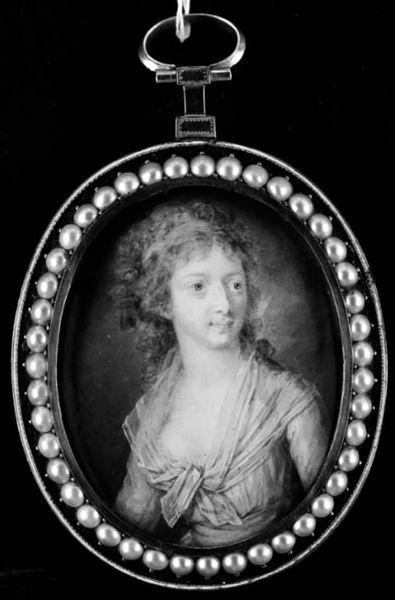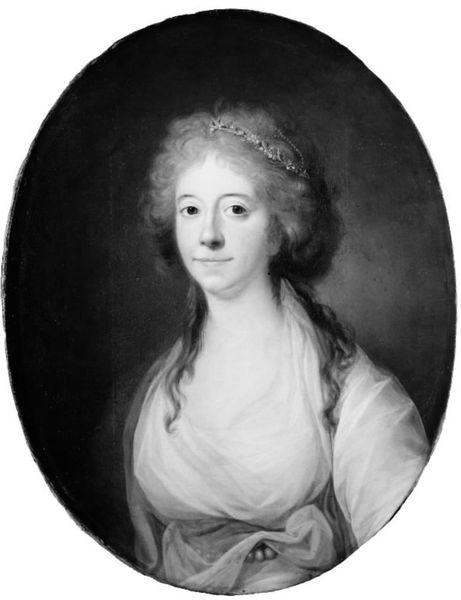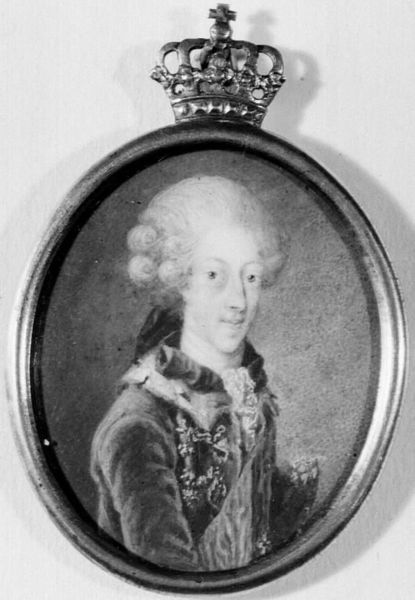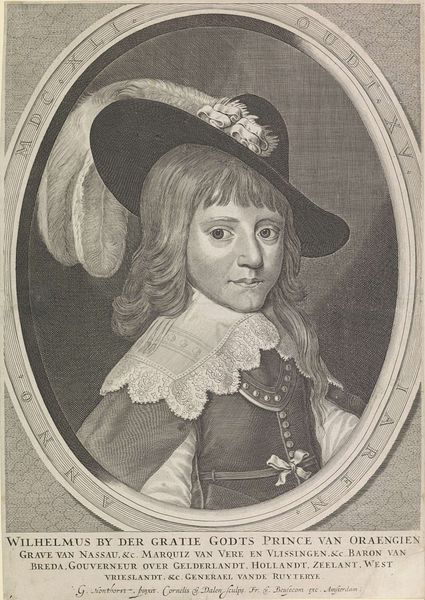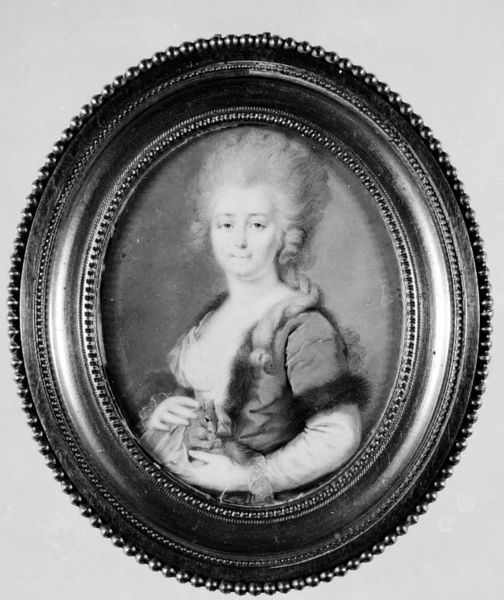
painting
#
portrait
#
baroque
#
painting
#
black and white
#
monochrome photography
#
northern-renaissance
#
monochrome
#
monochrome
Dimensions: 35.5 cm (height) x 25.5 cm (width) (Netto)
Editor: This is "Portrait of a Lady," attributed to Abraham Wuchters, dating from the mid-17th century. It’s striking, this grayscale palette… the soft focus gives it a dreamlike quality, almost melancholic. What do you see in this piece? Curator: Immediately, I'm drawn to the hat. Consider its symbolic weight: feathers, shape, and angle... What emotional association comes to your mind with such extravagant headwear? This can say much about gender expectations of the period. Editor: A symbol of status, definitely. Maybe even a little rebellious? Curator: Precisely! The Northern Renaissance portrait wasn't just about capturing a likeness. The clothing and the accouterments are rich signifiers. Ask yourself how the soft monochromatic tones enhance, or perhaps even complicate, those assertions of power. Consider the psychological impact of muted color on the reading of character. Editor: Interesting. It feels less direct, more nuanced than a vividly colored portrait. The absence of color really emphasizes the facial features. Curator: Exactly! It demands that we observe. Notice how the painter utilizes light and shadow, what feeling emerges. It becomes an exercise in decoding. Editor: It feels like she's revealing something, but holding something back, too. Curator: The artist creates an echo through time. Visual culture from one century can evoke nostalgia or intrigue centuries later. By understanding visual cues, one understands deeper layers of meaning. Editor: That makes a lot of sense. Now that you mention the symbolic language, I notice the collar looks like it frames her face like an opening. Curator: An apt analogy. Symbolically, portraits reflect individual identities, cultural norms, historical values, or psychological attitudes, and this is more prevalent in monochrome imagery as in here, so by acknowledging how she looks in relationship to us is very key. Editor: This really shifts my understanding of the painting. It's more than just a portrait, it's a complex symbol. Curator: Indeed, she acts as both a time capsule and mirror to our own expectations. The monochrome enhances an ageless visual appeal.
Comments
No comments
Be the first to comment and join the conversation on the ultimate creative platform.
